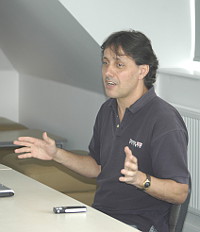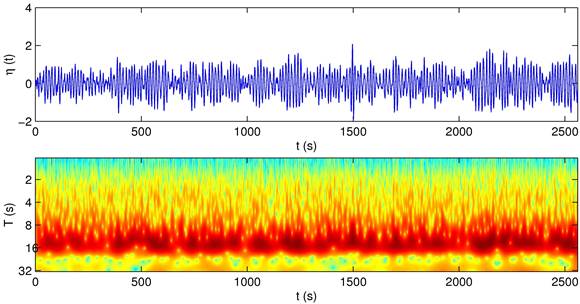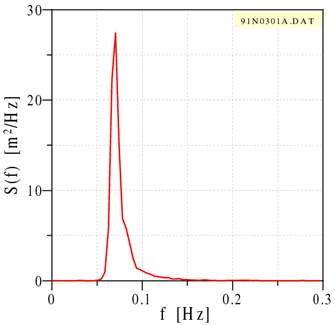 Professor German Rodriguez from the University of Las Palmas de Gran Canaria has visited the Wessex Institute of Technology to discuss joint research and other initiatives. German was Co-Chair of the Coastal Processes Conferences organized by WIT, one of which was held in Las Palmas with the participation of delegates from countries around the world.
Professor German Rodriguez from the University of Las Palmas de Gran Canaria has visited the Wessex Institute of Technology to discuss joint research and other initiatives. German was Co-Chair of the Coastal Processes Conferences organized by WIT, one of which was held in Las Palmas with the participation of delegates from countries around the world.
The lecture discussed the applications of spectral analysis methods in a broad range of scientific and technological fields. He started by describing the underlying idea in any data analysis technique, which is no other than to extract information on the given system or process. This helps to have a better understanding of the process and to construct models with the aim of predicting its behaviour under different conditions.
After explaining the applicability of spectral analysis to different kinds of data sets, including space-time series, spatial data, as well as univariate and multivariate time series, German centred on the basic ideas supporting the spectral analysis from a conceptual point of view, and gave a non rigorous but practical explanation of the mathematical aspects of the methodology.
German has applied spectral analysis in many different fields, such as ocean engineering, oceanography, meteorology, climatology and biomedicine and presented some examples of spectral analysis in these scientific branches.
He emphasised the use of directional spectral analysis of wind-generated waves. This is of great importance in the study of this oceanographic process in coastal and offshore engineering. The directional spectrum derived from time sequences of radar or video sea surface images was also described.
Examples of spectral analysis applications to biomedical signals, such as electroencephalograms, electrocardiograms, and electromyograms, were presented. Special emphasis was placed on the usefulness of the spectral analysis of bio-electrical signals to explore the functioning and to detect problems in the brain, heart, and muscles. As in many other fields, cross-spectral analysis can be used to investigate how the system, considered as a black-box, responds to different stimulus, revealing aspects of how it functions.
Some special topics of great relevance for the spectral analysis of data, such as the existence of gaps (missing data) or unevenly recorded time series were discussed. Special attention was paid to the limits of applicability of any data analysis tool related to the spectral analysis. Hypothesis, such as stationarity must be properly checked as a first step before undertaking further analysis. It is sometimes found that some researchers work with time series which do not fulfil the stationary condition. In such cases, conventional spectral analysis techniques lost consistency and a proper study require time-frequency data analysis methods, such as short-time Fourier transform or wavelet analysis, among others.
Some final remarks were made on the need of using data analysis methods properly, bearing in mind their limits of application imposed by the theoretical basis and on the fascinating history involving the Joseph Fourier contribution to the field of data analysis in the frequency domain were made.



 Wessex Institute
Wessex Institute